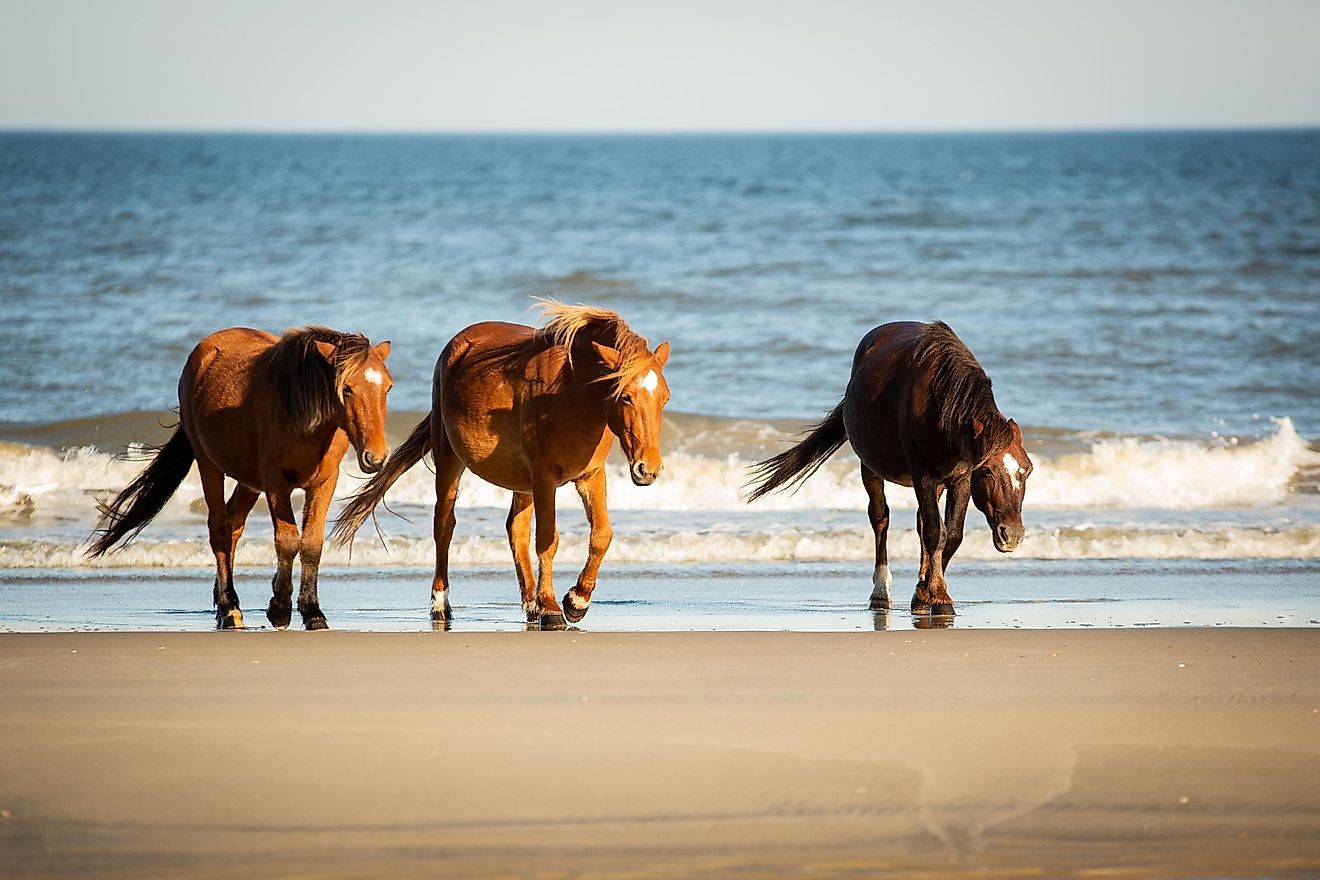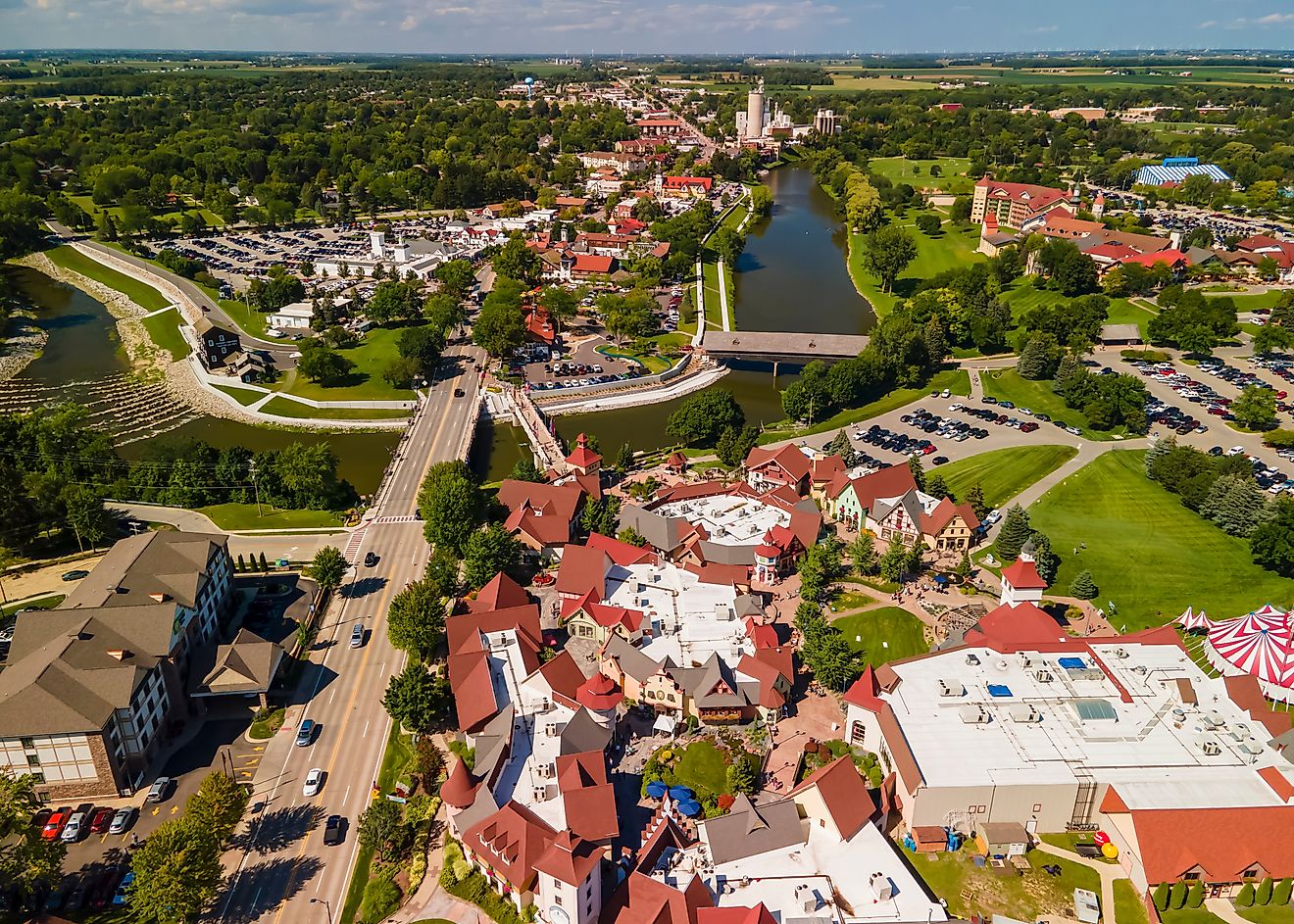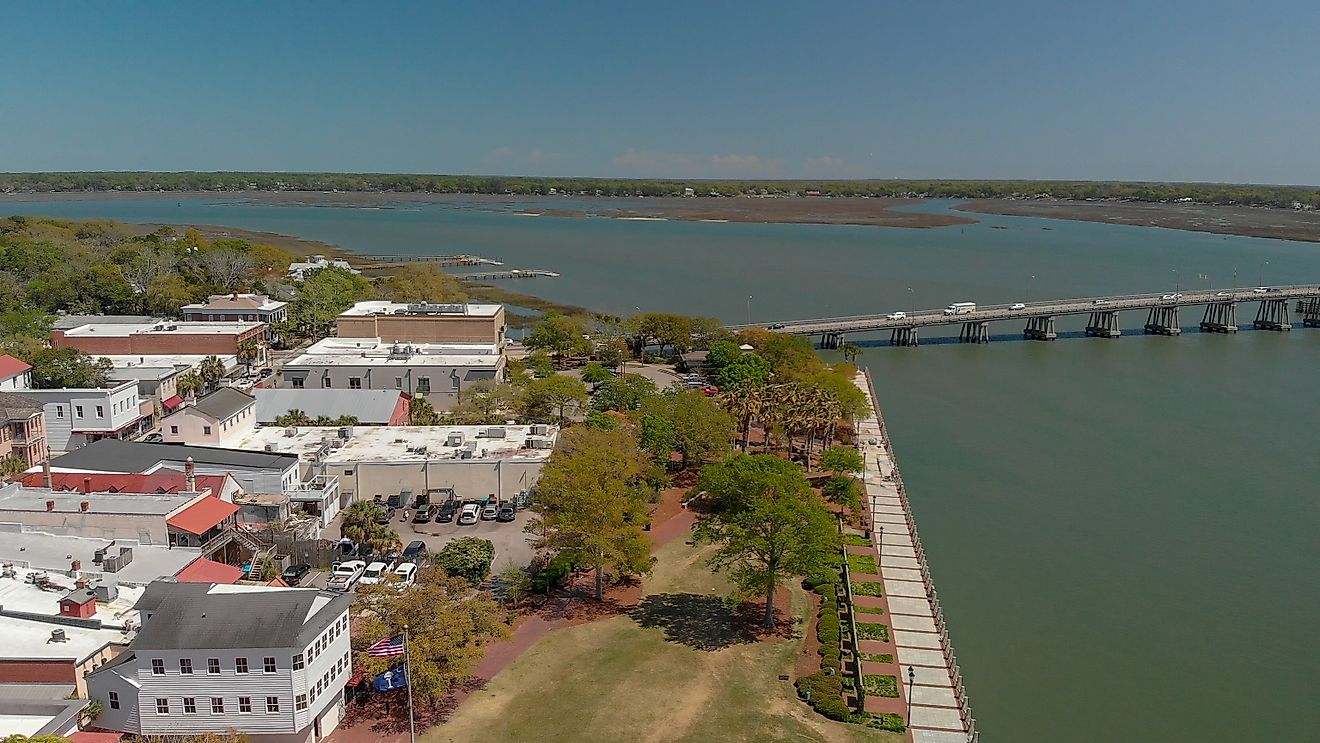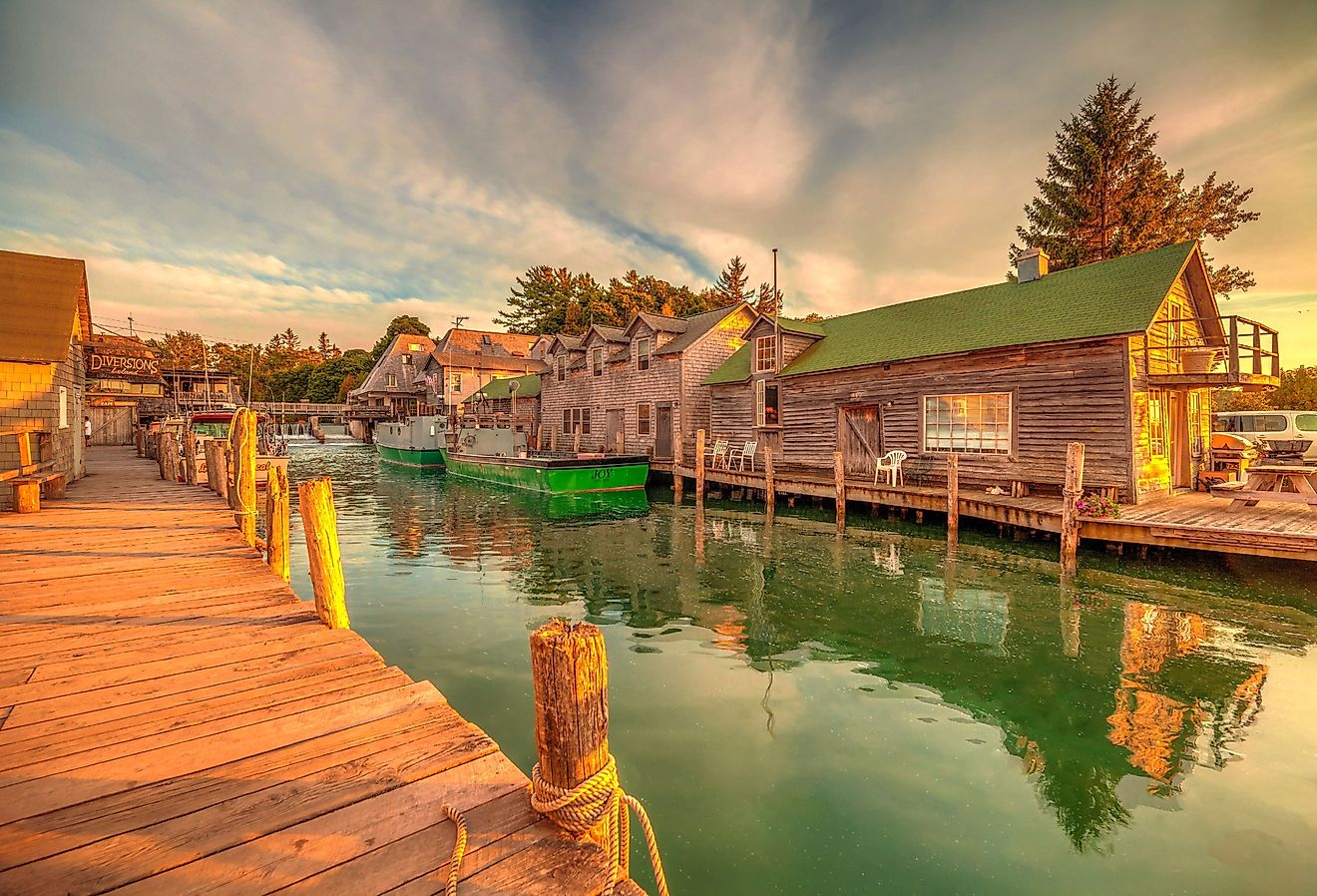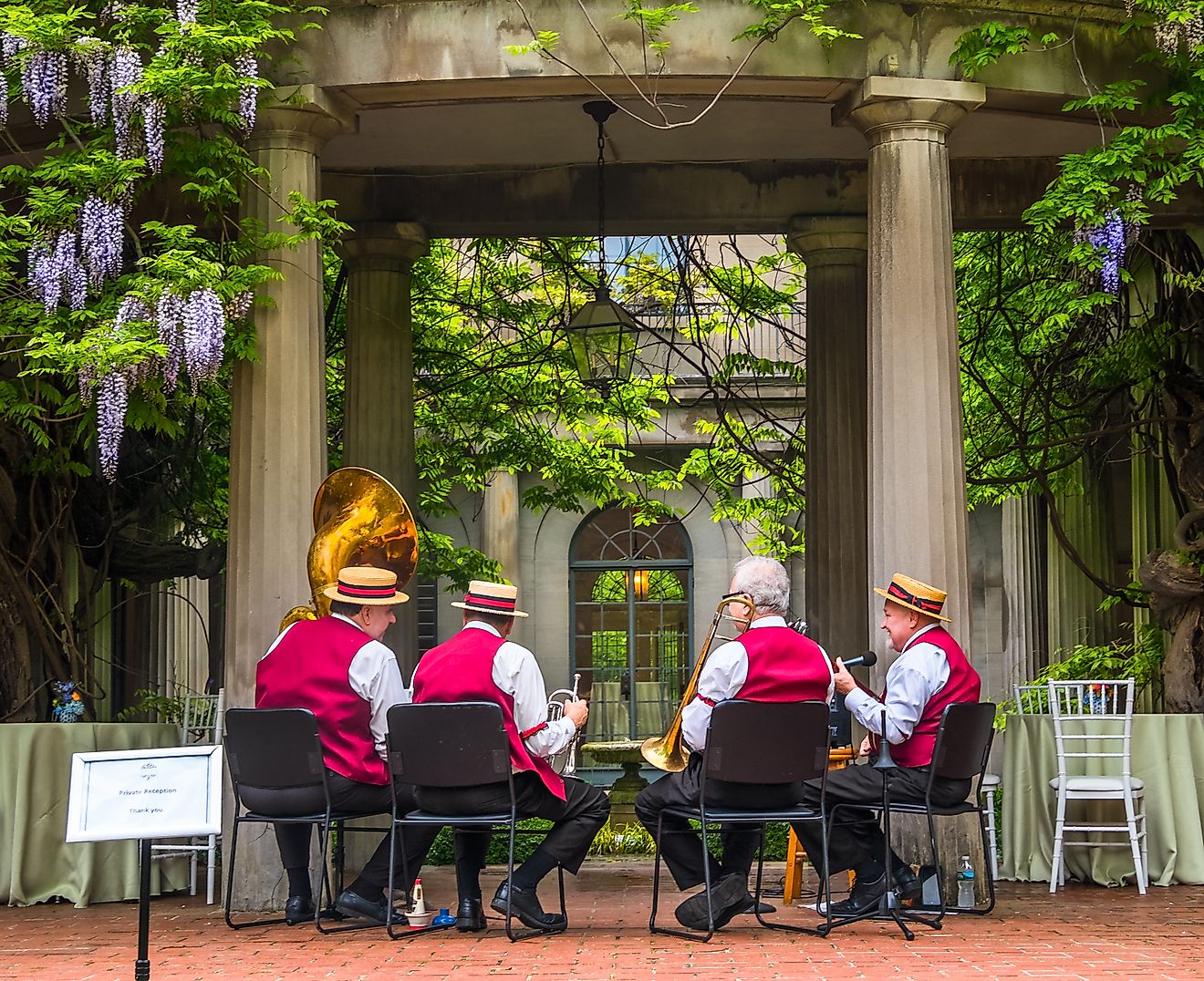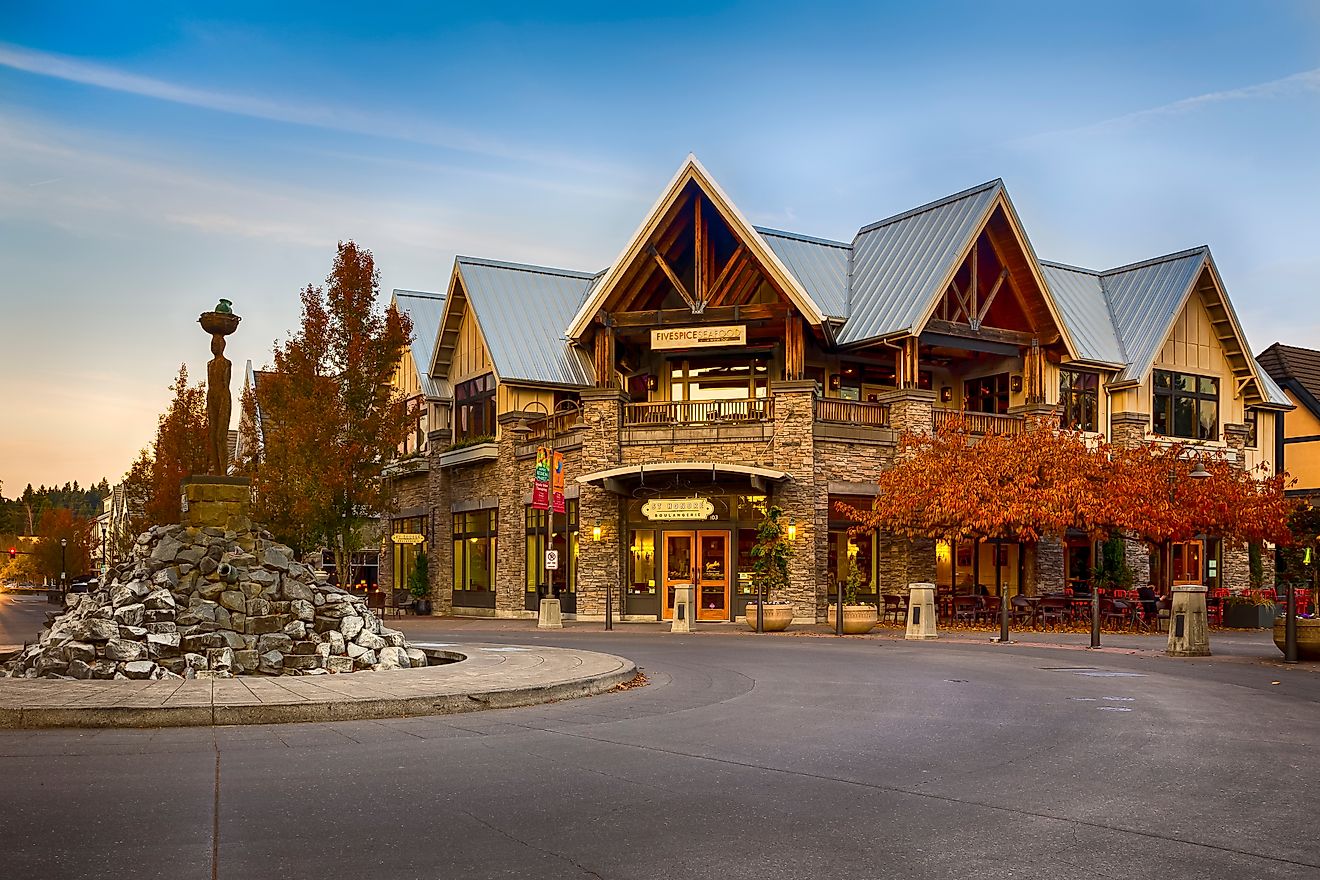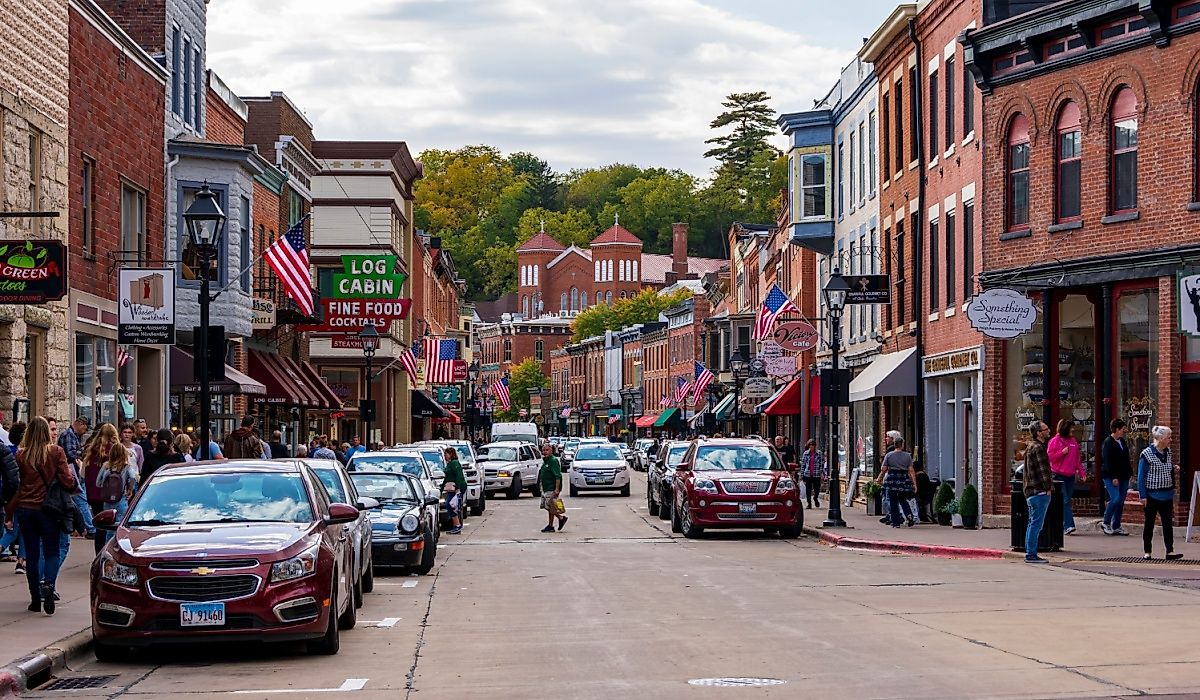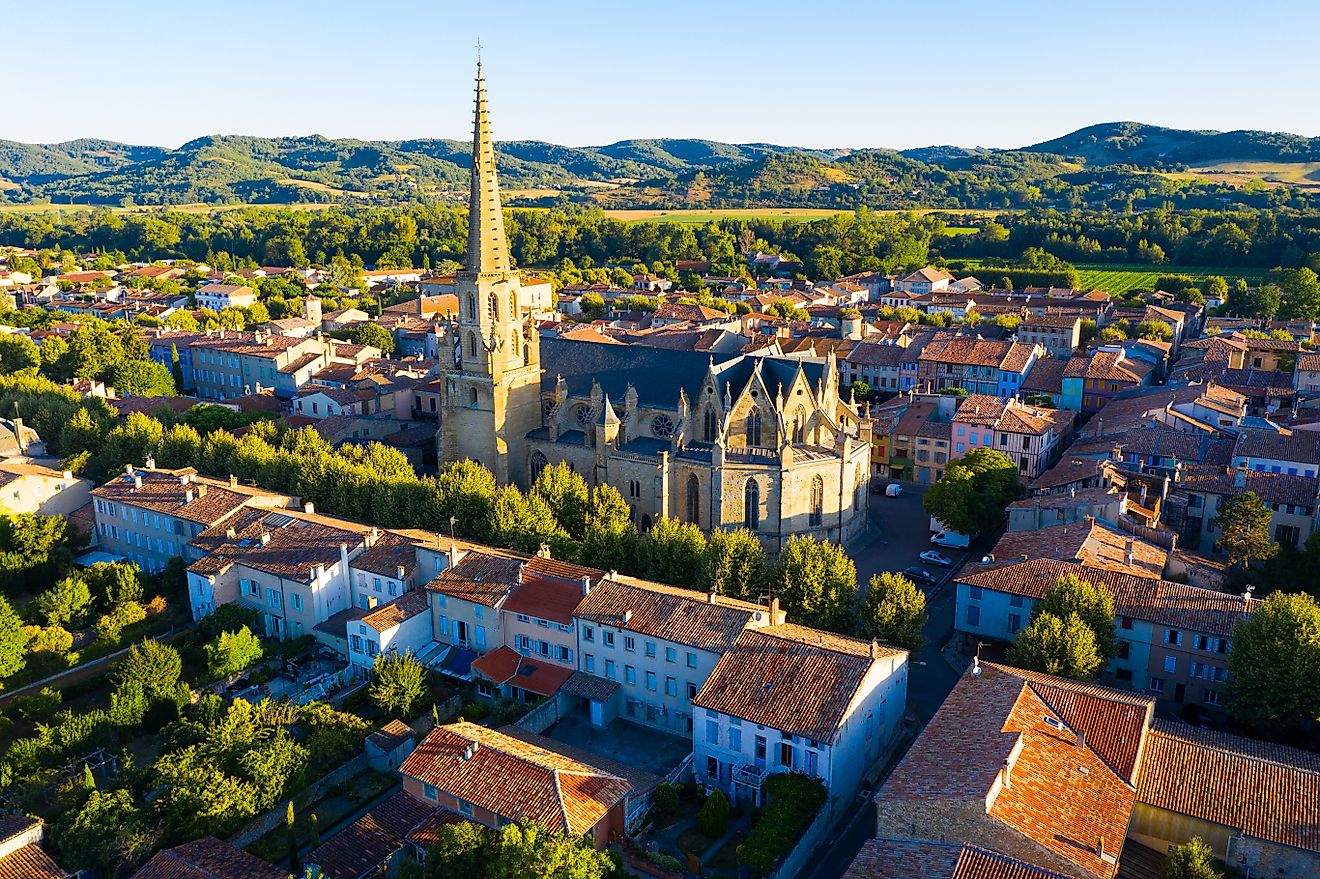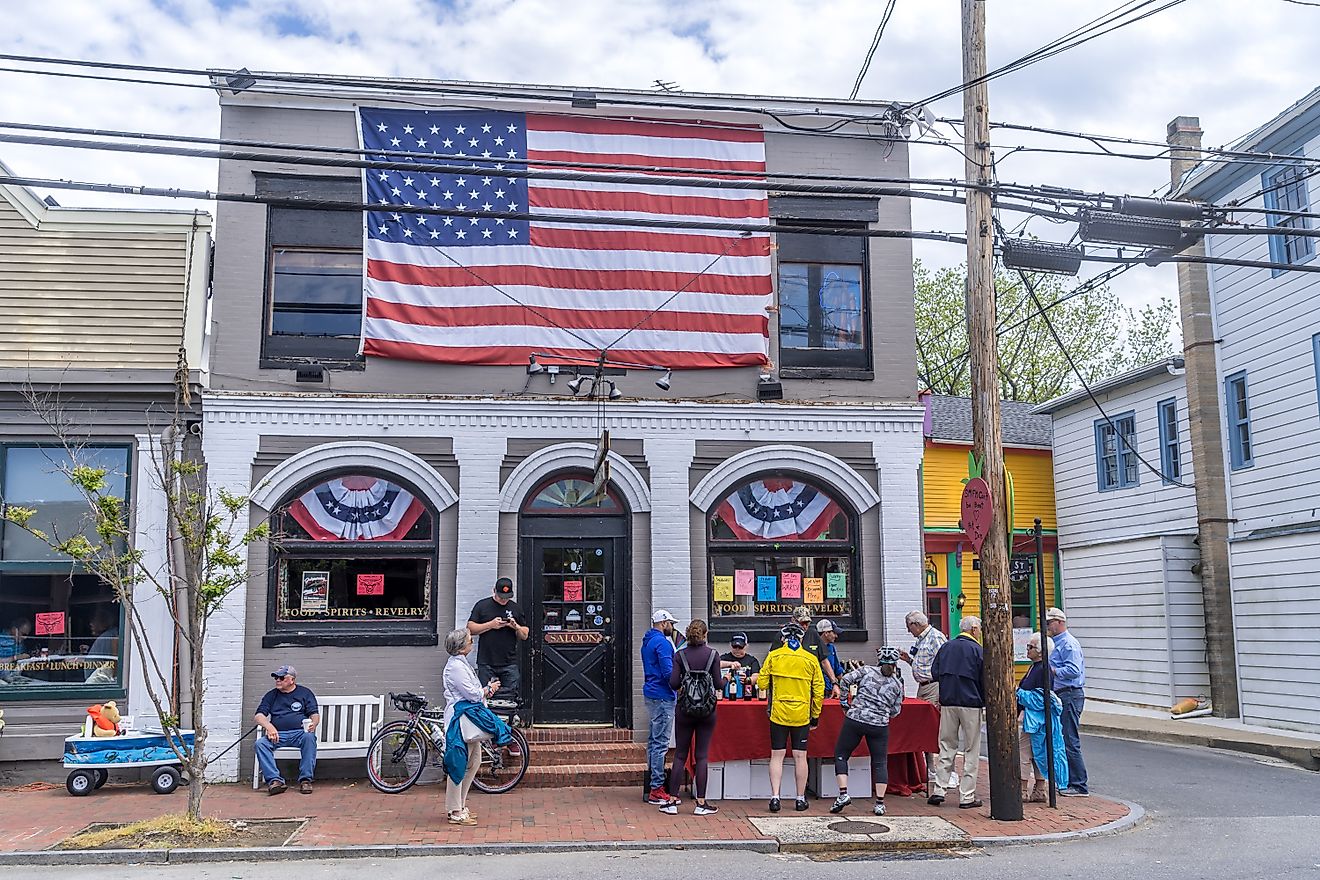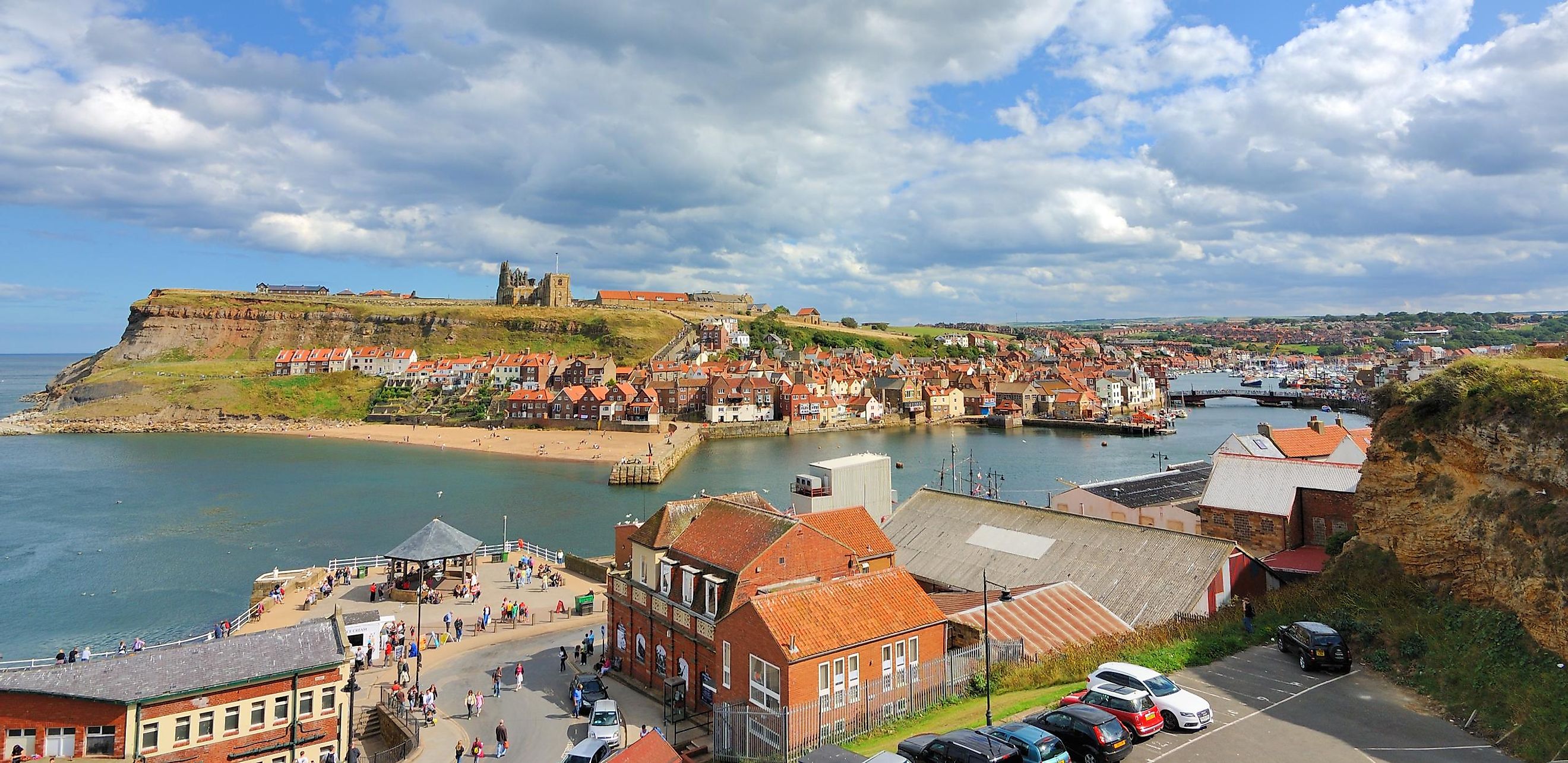
8 of the Quirkiest Towns in England
England, a country in the United Kingdom, is sprawling with unique features that beckon tourists. Riveting history, stunning coastal sights, and distinctive cultures are just a few that stand out. Hidden behind the major cities, plenty of small towns offer a different view of the country. From unusual art galleries in St. Ives to medieval castles in Whitby and Totnes, famous dead authors in Rye, and legendary music festivals in Glastonbury, discover the eccentric charm and whimsy that make each of these destinations in England genuinely unique.
Glastonbury
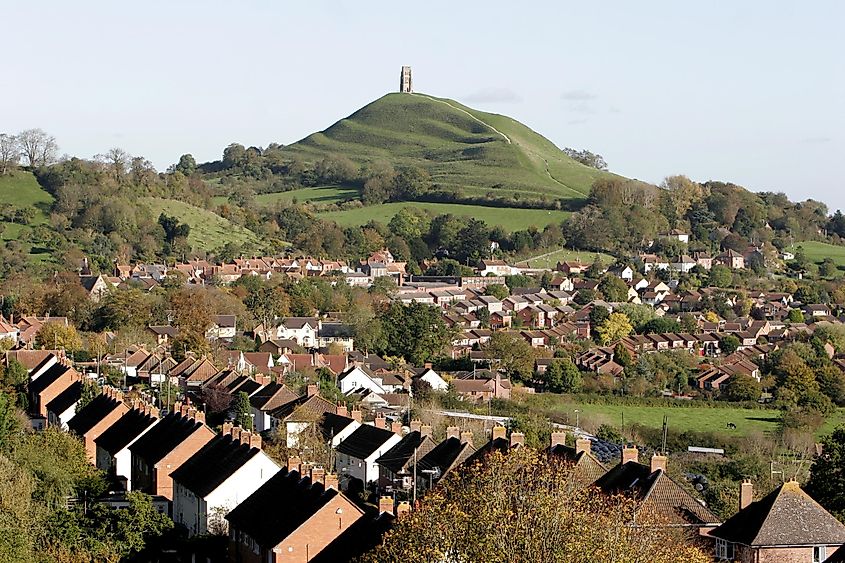
The small town of Glastonbury is known for its mystical atmosphere and alternative lifestyle, perfect for a taste of England’s charm. Upon arrival, visitors can find an eclectic mix of shops selling crystals, hemp, witchcraft supplies, and New Age goods on its High Street. It exudes legend and folklore, with attractions such as Glastonbury Tor, the remains of a medieval-era church, and the Chalice Well, a renowned holy well thought to be the final resting place of the Holy Grail. The well’s water boasts various iron-oxide deposits, giving it a reddish hue and tempting visitors to drink it for its supposed healing properties.
Since 1970, the town has hosted the Glastonbury Festival, a renowned 5-day music event. The festival attracts tens of thousands of visitors to the area each summer, ballooning the town’s population in the Somerset countryside from less than 10,000 to over 100,000 during the event.
Bourton-on-the-Water
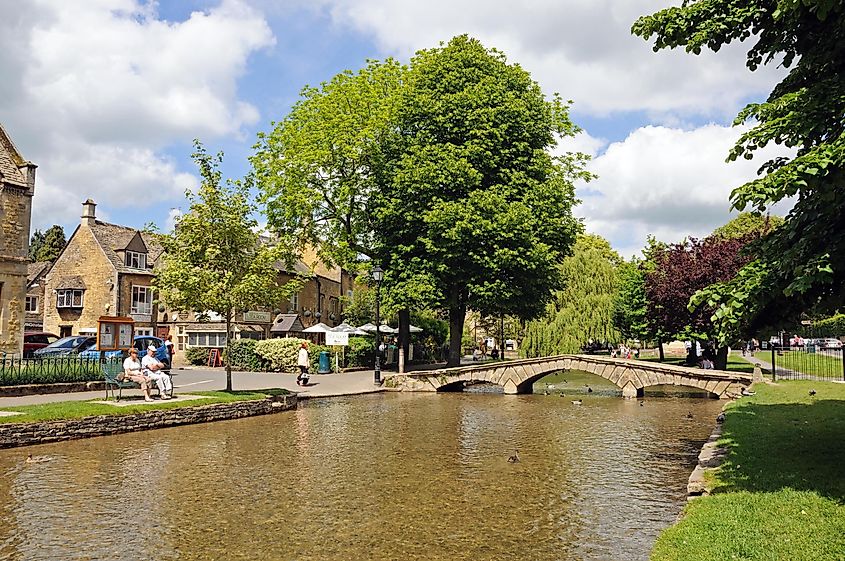
Bourton-on-the-Water is a picturesque town in the Cotswolds. It is called the "Venice of the Cotswolds" due to the River Windrush (a tributary of the River Thames), which runs through the center of the village with five small stone bridges built between 1654 and 1911. Along with the bridges, Bourton-on-the-Water is renowned for its charming traditional cottages built from honey-colored Cotswold stone. Hidden behind the colorful architecture are many pretty shops like the Cotswold Perfumery and the Cotswold Distillery Shop, which sells award-winning Cotswold Dry Gin and Single Malt Scotch.
Cultural visitors can explore attractions like the Cotswold Motoring Museum and the Model Village, a one-ninth replica of the town of Bourton-on-the-Water that is so realistic that water flows through it. There’s also a miniature replica in the replica! Continue the unique attractions with a trip to the hedge maze called The Dragonfly Maze—a half-mile of gravel paths that takes 20 to 50 minutes to complete. Or, nature lovers can opt for a trip to the Birdland Park & Gardens, the only breeding ground for King Penguins in England and an abode home to over 500 birds.
St. Ives
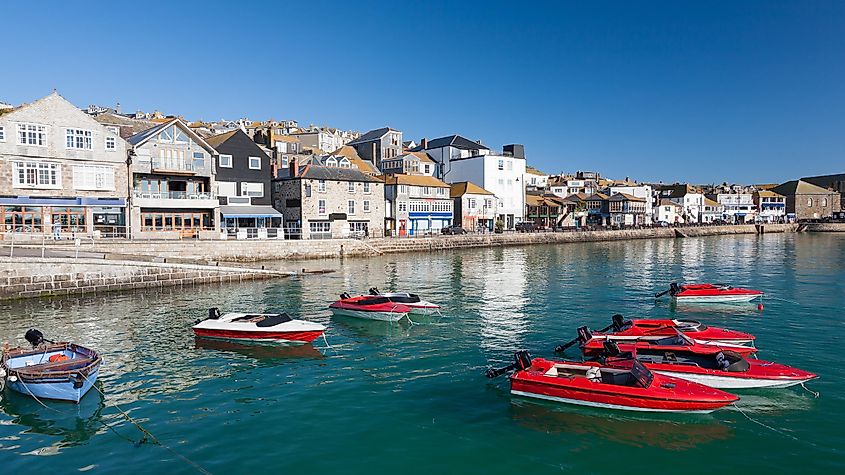
The artistic town of St. Ives in Cornwall is renowned for its breathtaking coastal scenery, narrow winding streets, and lively art scene. The town is often described as quirky due to its distinct character, artistic community, and reputation for hosting offbeat events like the St. Ives September Festival. St. Ives has hosted the 15-day St. Ives September Festival annually since 1978, celebrating music, art, literature, and local culture with a diverse program of performances, workshops, and exhibitions. To this end, it is one of the country's oldest community music and arts festivals.
For those who miss out on the events, St. Ives has several beautiful beaches, including Porthmeor Beach, where the sheltered coves and turquoise waters make it a popular destination for surfing, kayaking, and paddleboarding. Above the beach, overlooking the Atlantic Ocean, is the curiously located Tate St. Ives. This award-winning modern and contemporary art museum elevates a day trip to the beach to new artistic heights.
Whitby
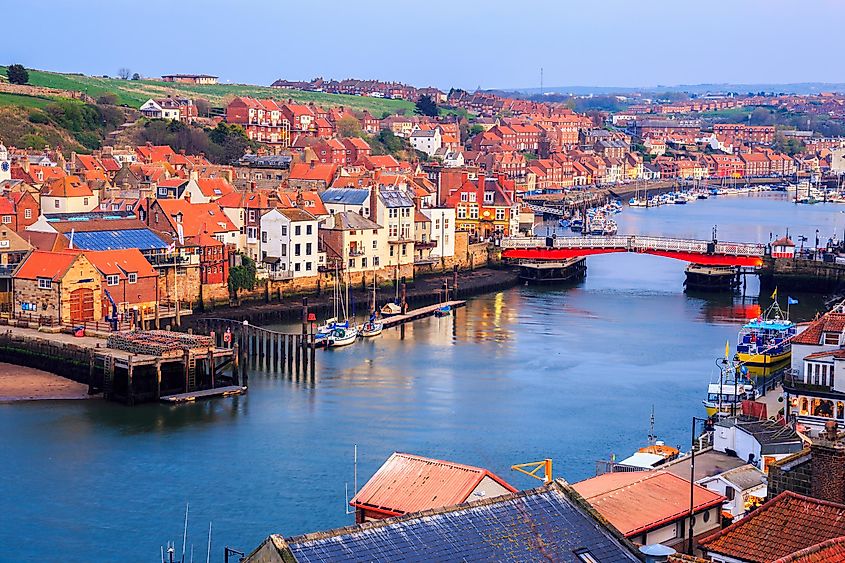
Famous for its links to Bram Stoker's "Dracula," Whitby in North Yorkshire boasts a Gothic ambiance with its hauntingly beautiful ruins of Whitby Abbey, which inspired Dracula’s castle. While staying in the Whitby area in 1890, the author added many of the abbey’s features in the novel, like the ruins, the graveyard, and even the bats flying in the night sky.
Next to the abbey ruins is St. Mary’s Church, founded in the early 12th century. The church sits on a cliff at the top of Whitby’s famous flight of 199 “Church Steps,” linking the cliff to the town below. The sea-faring captain, James Cook, worshipped at the church and set sail from Whitby on his first assignment in the 1740s. Visitors in town can follow in both Stoker’s and Cook’s footsteps, exploring the narrow cobblestone streets and browsing quirky shops. Or, opt for a more modern approach and indulge in TimeOut’s #1 best fish and chip shops in the UK in 2024 at The Magpie Cafe.
Those looking for a more traditional insight into England will adore the coastal charm of Whitby. There is lots to do, from sunbathing along the pristine Whitby Beach to golfing along the waters at the Whitby Golf Club.
Totnes
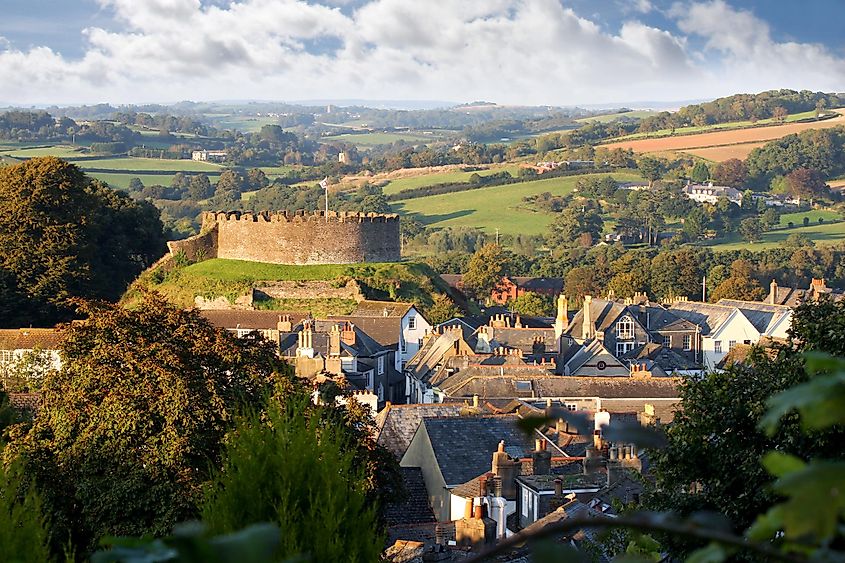
With its eclectic mix of culture, creativity, and community spirit, Totnes in Devon has gained a reputation for its alternative lifestyle and progressive thinking. The town attracts artists, activists, and individuals interested in sustainability and holistic living. Most people head straight to the famed indie High Street in downtown Totnes, which is full of funky shops. Choose from a range of options, from buying handcrafted, one-of-a-kind shoes from Conker Shoes to zero-waste, plant-based, whole foods at The Zero Waste Shop.
High above the town is Totnes Castle, a 900-year-old Norman motte and bailey fortress with stunning views of the River Dart and the town below. It is thought to have been built by a commander in William the Conqueror’s army. Nearby, the Dartington Estate is a beautiful 1,200-acre historic estate that serves as an events venue and community hub. Visit the medieval Great Hall, courtyard, and landscaped gardens, and stop for a very British Sunday Roast with a pint of beer in the White Hart Pub in the center of the estate.
Lacock
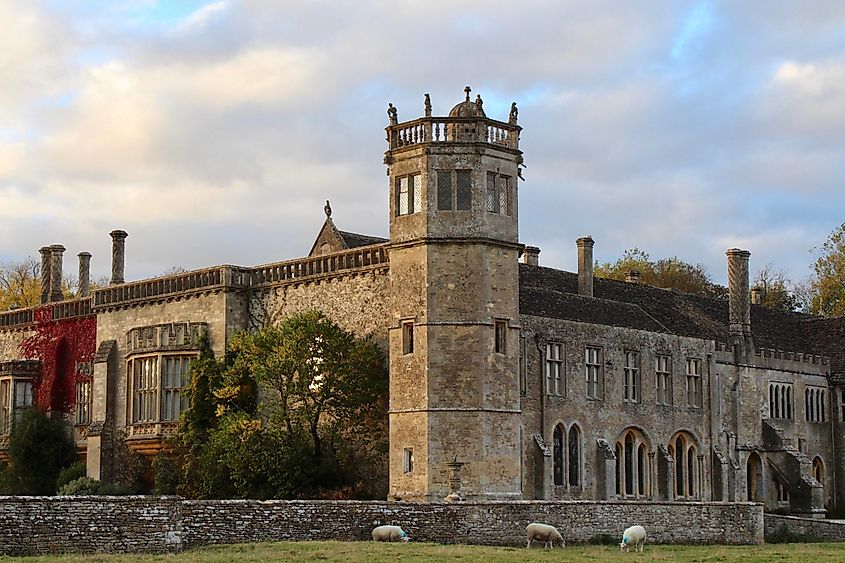
With its well-preserved stone cottages, timber-framed houses, and charming streets, the early 14th-century town of Lacock is a quintessential English village in Wiltshire. Thanks to its medieval architecture, the town is popular with movie and TV producers who have filmed numerous movies and television productions, including Harry Potter and the Half-Blood Prince, Fantastic Beasts: The Crimes of Grindelwald, Downton Abbey, and Pride and Prejudice, significantly bumping the tiny town’s tourism industry.
Visitors explore the village's 1229 Lacock Abbey, which boasts rustic architecture and intriguing tales of old. Here, one can check out the Fox Talbot Museum, dedicated to William Henry Fox Talbot, who created the earliest surviving photo negative of a window in the abbey he inherited in 1800 at five months old. Today, the museum is housed in a 16th-century barn and former horse stable in Lacock and recounts the birth of photography with items from the early years. It also hosts exhibits by photographers from all over the world.
Rye
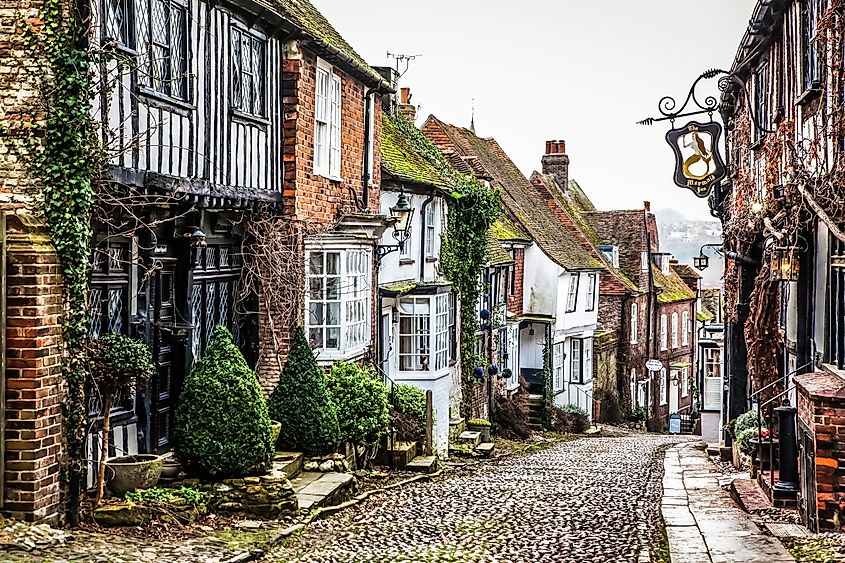
Rye, a town in East Sussex resting two miles from the ocean, was once a small fishing village surrounded by water. Today, the sea has retreated, and it is a market town with steep cobblestone streets and half-timbered houses. Rye Castle Museum and Ypres Tower are the town’s most iconic landmarks. Built in the 14th century, they were a critical defense against raids by the French during the Hundred Years’ War. Visitors can view the town, the Rother River, and the sea from the top of the tower. Any visit to Rye is worth a stop at the Ypres Castle Inn, whose motto is “great beer—cask and keg—from independent producers.”
Continuing the cultural charm, Rye has been the home of many literary greats, including Joseph Conrad, HG Wells, and Henry James, who wrote multiple novels while living at Lamb House during the late 19th century. Moreover, Spike Milligan, known as the “godfather of British comedy,” lived and died in Rye. He was buried in nearby Winchelsea with the words “I told you I was ill!” on his tombstone.
Woodstock
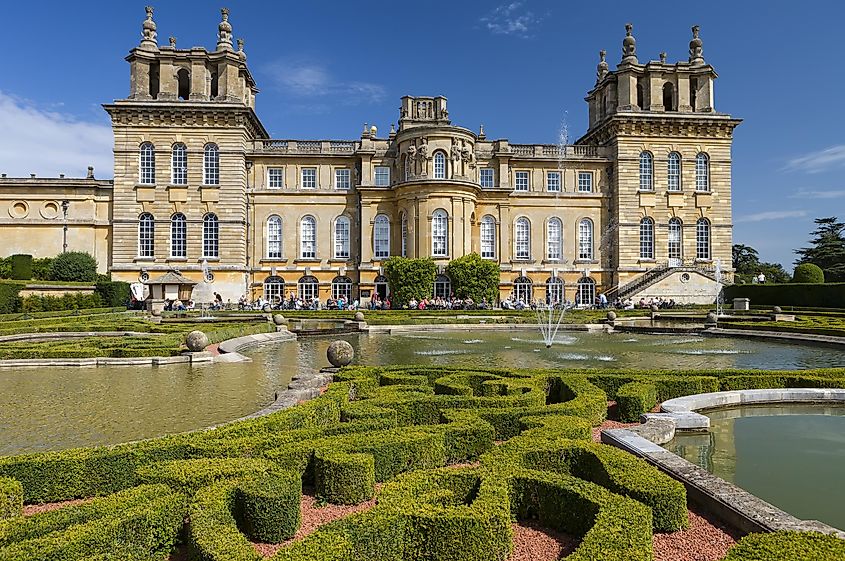
Woodstock is a historic market town in Oxfordshire, about 8 miles northwest of the University of Oxford. Its history dates back to the Domesday Book of 1086, a survey of England commissioned by William the Conquerer to provide a detailed record of land ownership and taxation. Visitors can wander Woodstock’s winding streets and visit an array of independent shops, traditional tearooms, and pubs like The Star Inn.
One of Woodstock's quirkiest features is its proximity to Blenheim Palace, a grand stately home with a rich 300-year history, stunning gardens, and the birthplace of Sir Winston Churchill, whose baby room is part of the grand tour of the palace. There is the family-friendly Walled Gardens, about 10 minutes by foot or miniature train from the palace, where visitors can get lost in the two-mile-long Marlborough Maze. The tropical Butterfly House on the grounds includes butterfly species from parts of Asia. “The Harry Potter Tree,” from Harry Potter and the Order of the Phoenix—a cedar tree with a gaping hole through it—lives on the estate.
Summary
Discover the magic of quirky English towns, where every cobblestone street tells a story. From charming shops to colorful festivals, each town offers a unique adventure. Explore historic landmarks, enjoy a pint, and embrace the vibrant culture. For example, learn about the charming tale of James Cook in Whitby or experience literary stories by Henry James in Rye. With surprises around every corner, visiting these towns promises unforgettable experiences and a peek into England's eccentric past.
